Jan Haseler led a walk at BBOWT’s Moor Copse reserve near Tidmarsh on the afternoon of Sunday 15 October. It was a day of bright sunshine but with a cool breeze. The walk started out southwards along the lane towards the road bridge over the River Pang, pausing after a short distance to inspect the trunk of a dead tree which had been left as standing dead wood. The ivy leaves near its base were coloured a rusty brown. On closer inspection, the brown turned out to be spores from a number of large bracket fungi which spiralled upwards round the trunk. They were rusty brown above and whiteish below and were identified as Southern Bracket Ganoderma australe. After crossing the river, the route followed the track which runs south-eastwards towards the reserve meadows. The hedges on either side were laden with rosehips and with berries on Spindle and Hawthorn. A Bullfinch flew up into the hedge on the right, then called weakly from deep inside the hedge. The track led to Wigley Field. When the hay had been cut, a strip around the edge of the field had been left uncut for invertebrates. The strip to the left of the track was warmed by the sun and sheltered from the cold wind by a dense hedge. Three Small Copper butterflies were nectaring on Yarrow flowers and a Comma was sunning itself up in the hedge. One Common Darter perched on an information board and another perched on the gatepost leading into Cottage Field. A small herd of plump black Dexter cattle was grazing in Cottage Field. The walk continued across the field, past the remains of the former cottage. Near it was a thicket of Bullace trees, which were carrying a heavy crop of small pink plums.
The next section of the walk was in Corner Field, which is one of the SSSI meadows of the reserve. When the hay had been cut towards the end of August, the field had been too wet for the contractor’s machinery and only about a third of the field had been cut. It was planned that the cattle would graze the rest of the field instead. Leaves of Great Burnet and flowers of Betony, Devil’s-bit Scabious, Tormentil and Pepper-saxifrage were found here. A single yellow as yet unidentified Waxcap Hygrocybe was growing at the southern edge of the field. Nearby was a specimen of Yellow Fieldcap Bolbitius titubans. In a wet section in Horsemoor Wood, across the fence from Corner Field, were flowers of Water Forget-me-not and Water Mint. A rotting stump in the south-east corner of the field was home to a great diversity of fungi, including Burgundy-drop Bonnet Mycena haematopus, Clustered Bonnet M. inclinata, Deer Shield Pluteus cervinus and the small white Oysterling Clitopilus hobsonii. Next stop was Barton’s Field, where three newt ponds had been excavated in summer 2022. There were two spoil heaps for the excavated material, with Creeping Thistle and Creeping Buttercup being the dominant colonisers of the heaps. Also noted were Spear Thistle, Common Ragwort, Groundsel, Lesser Stitchwort and Canadian Fleabane. The thistle flowers were a magnet for a selection of hoverflies, including a boldly-striped Footballer Hoverfly Helophilus sp, Common Carder bees, an Ichneumon wasp and various other insects. There are three ponds. Despite not yet having much vegetation, they had already attracted a variety of life. Backswimmers moved about the surface of the ponds, while dragonfly larvae of the same colour as the muddy bottom of the pools were well camouflaged. There are no other ponds in the meadows, so these will be a great asset to the reserve.
The walk then continued through Moor Copse (the name of a copse as well as the reserve). Next winter’s coppice plot, on the edge of the wood and next to the tree-planted section of the former arable field, was pointed out. On the opposite side of the track were two enormous Parasol mushrooms of an advanced age which were close to falling apart. There was a brief diversion to have a look at last winter’s coppice plot. The Hazel and Alder had grown back vigorously after cutting. The plot was protected by a dead hedge. It had originally been constructed at a height to keep Muntjac Deer out, but following sightings of Roe Deer nearby, a wall of vertical-pointing sticks had been added to the top of the hedge to increase its height. Returning to the main path, the route led out of Moor Copse, across 5-Acre Field and into Park Wood. A patch of Solomon’s-seal plants at the side of the path had blue-black berries dangling underneath the arching stems. Half way along the main ride was a dense thicket of Guelder-rose, mostly covered with waxy red berries, but surprisingly there was also a single white flower head. The final section of the walk followed the River Pang through Hogmoor Copse. Two Mute Swans drifted along the river. On the bankside were tall Hemp Agrimony plants with fluffy seeds. Many of the Comfrey plants were still in flower. Near the entrance to the reserve, a log carved as a seat was home to a colony of Sulphur Tuft fungi. These were spread out along the log, with the newest and youngest tufts orange and the older specimens yellow. Finally, an attractive purple fungus by the side of the path at the entrance to the reserve was identified as Lilac Fibrecap Inocybe lilacina.
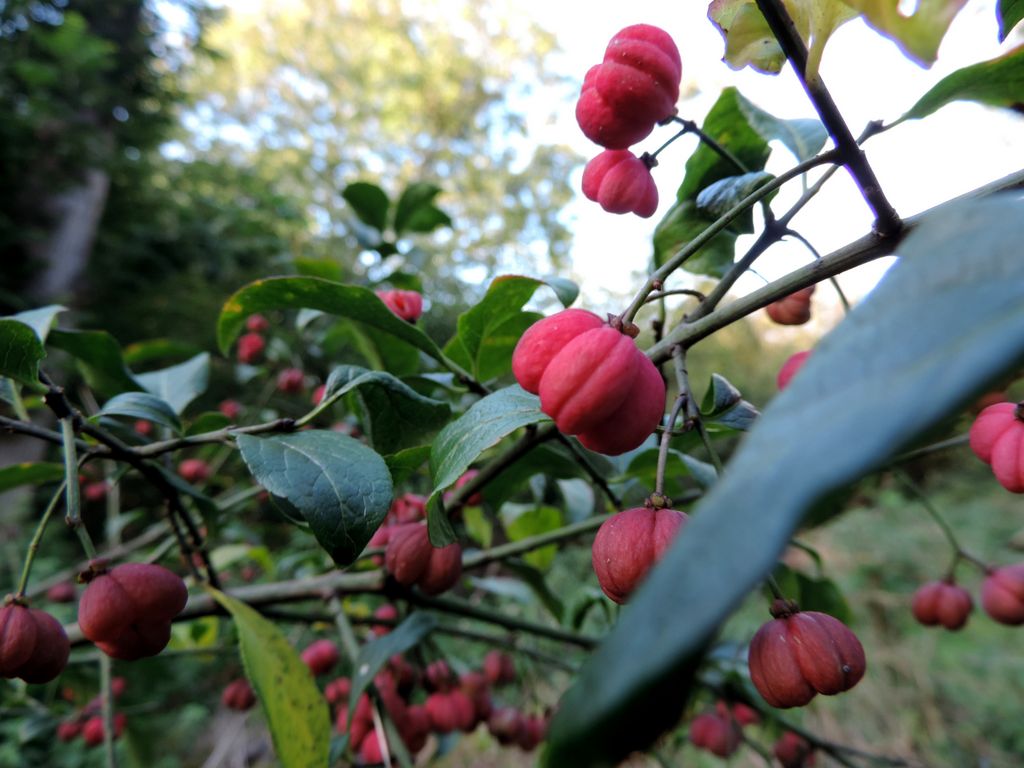
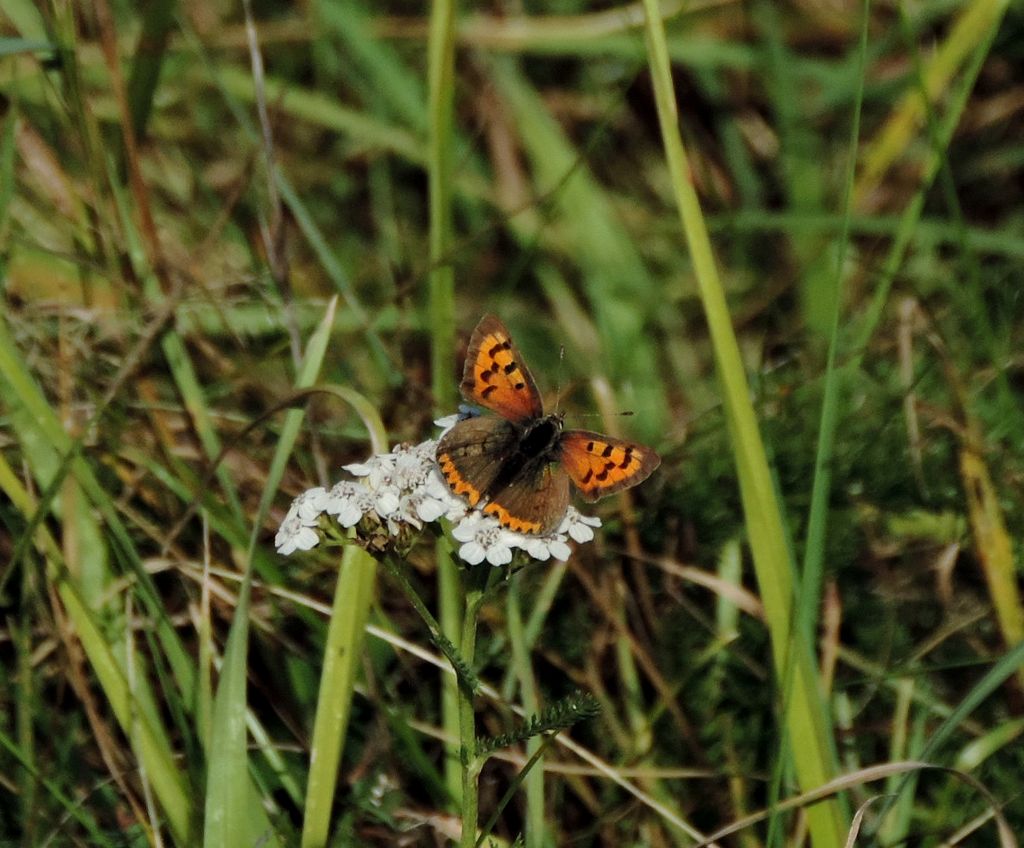
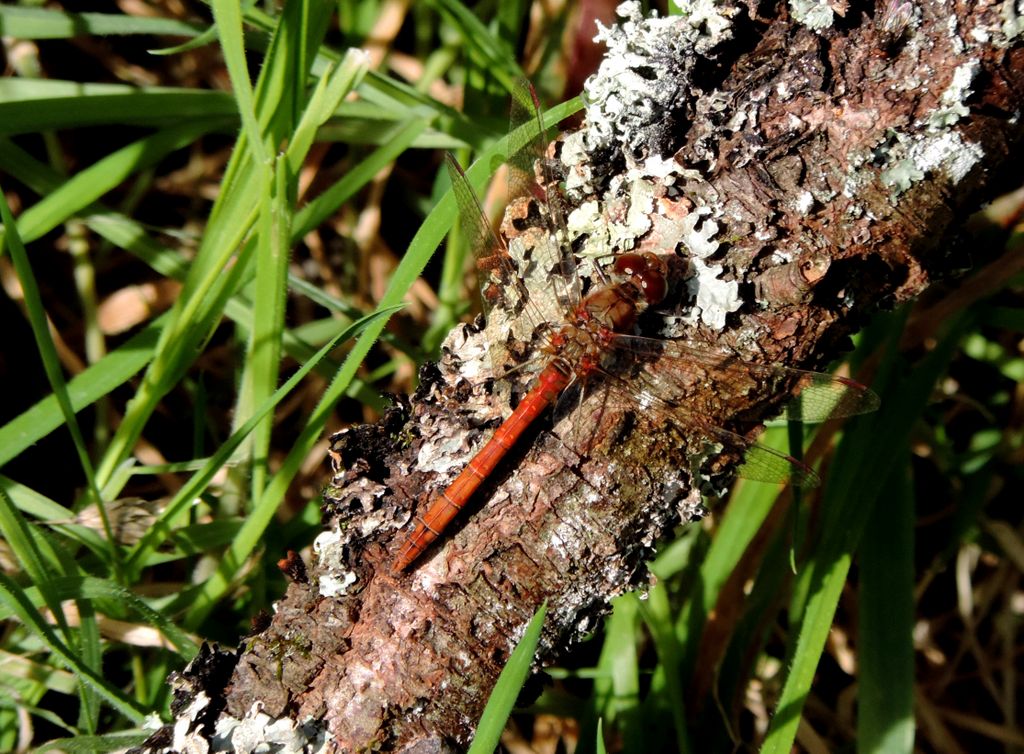
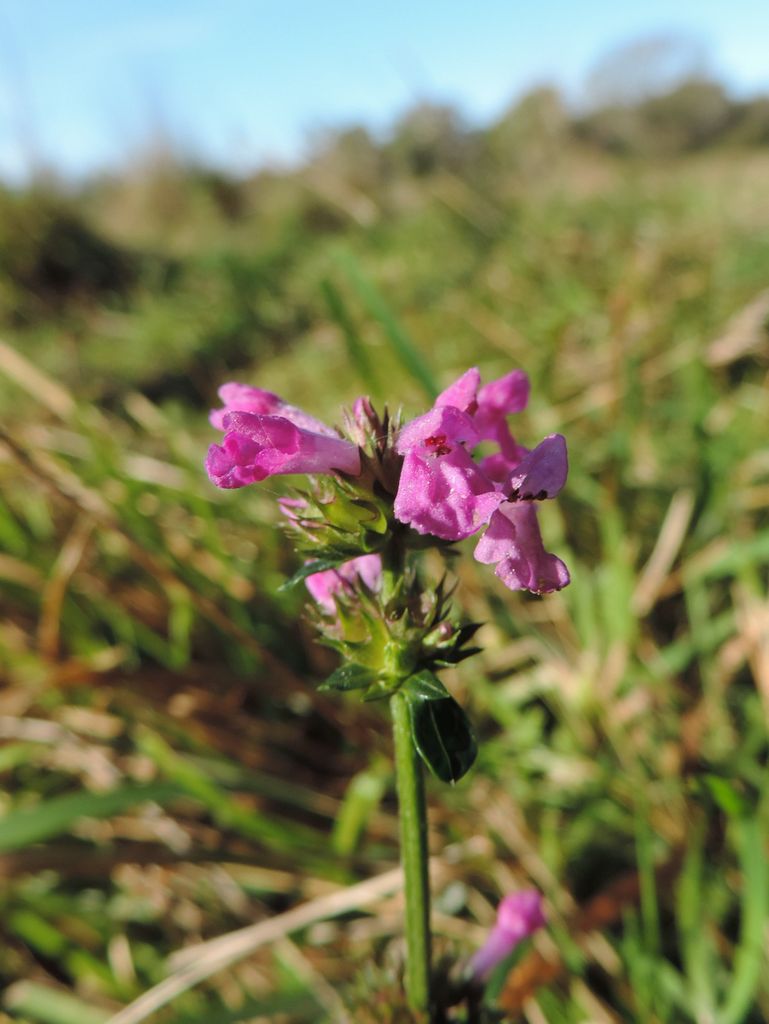
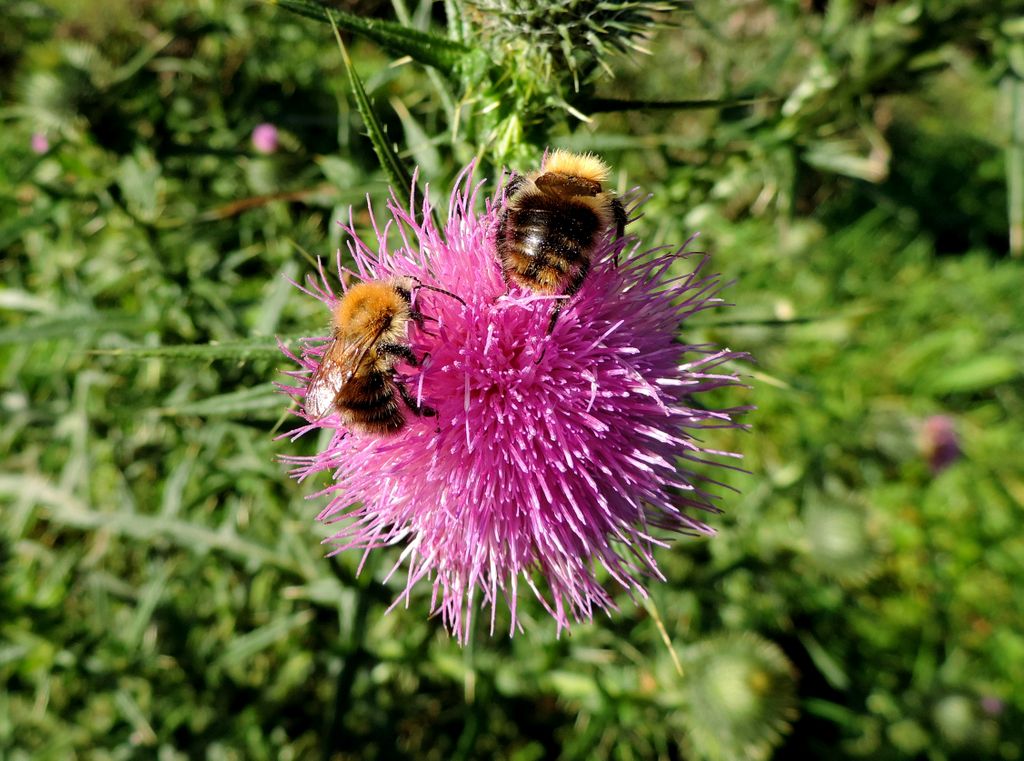
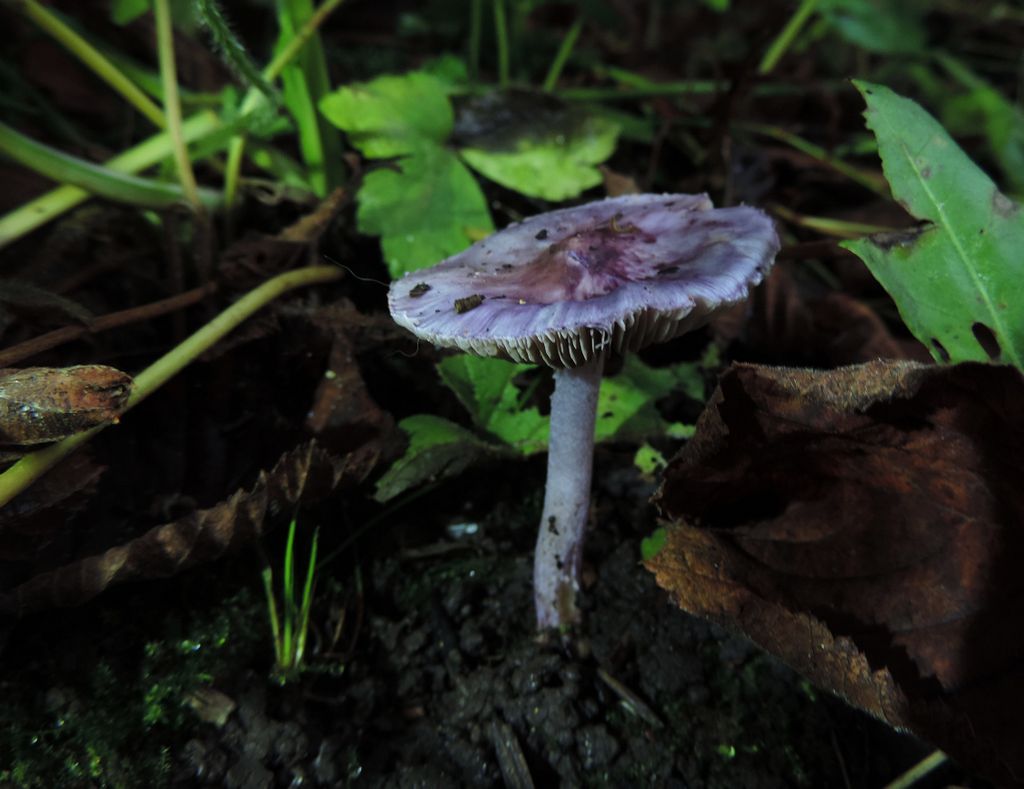
Pictures by Rob Stallard
